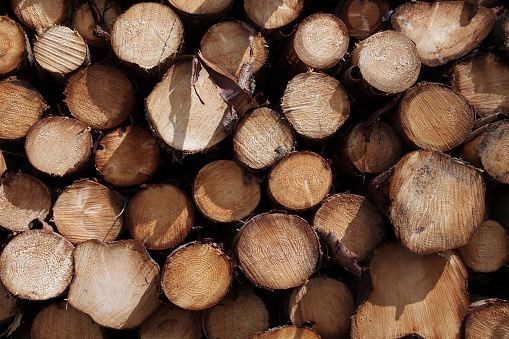Canfor cut the ribbon on two new pellet plants in Chetwynd and Fort St. John on Tuesday.
The two plants, at a cost of $58 million, were built at Canfor's existing sawmills, and have a combined annual production capacity of 175,000 tonnes of wood pellets.
The Chetwynd plant began operations late last year, while the Fort St. John plant reached full operations earlier this year.
"(The plants) play an important role in maximizing the value of our fibre with their production of sustainable wood pellets from once waste-bound sawmill residues," Canfor CEO Don Kayne wrote in a post on the company's website.
Wood pellets are a form of wood fuel generally made from compacted sawdust.
When put into pellet stoves, they can create a heat source proponents say is green and natural.
Kayne says the installation of an organic rankine cycle, which functions as a power plant, has made the Chetwynd pellet plant self-sufficient in renewable heat and electricity.
The ORC converts 20 per cent of the heat generated by the plant's energy system into electricity - up to 21,000 megawatt hours a year, or enough to power 1,470 homes.
The remaining 80 per cent of the heat is used to dry sawdust into pellets.
"We're proud to officially celebrate the addition of the Chetwynd and Fort St. John Pellet Plants and Canfor's further expansion in green energy production," Kayne said.



